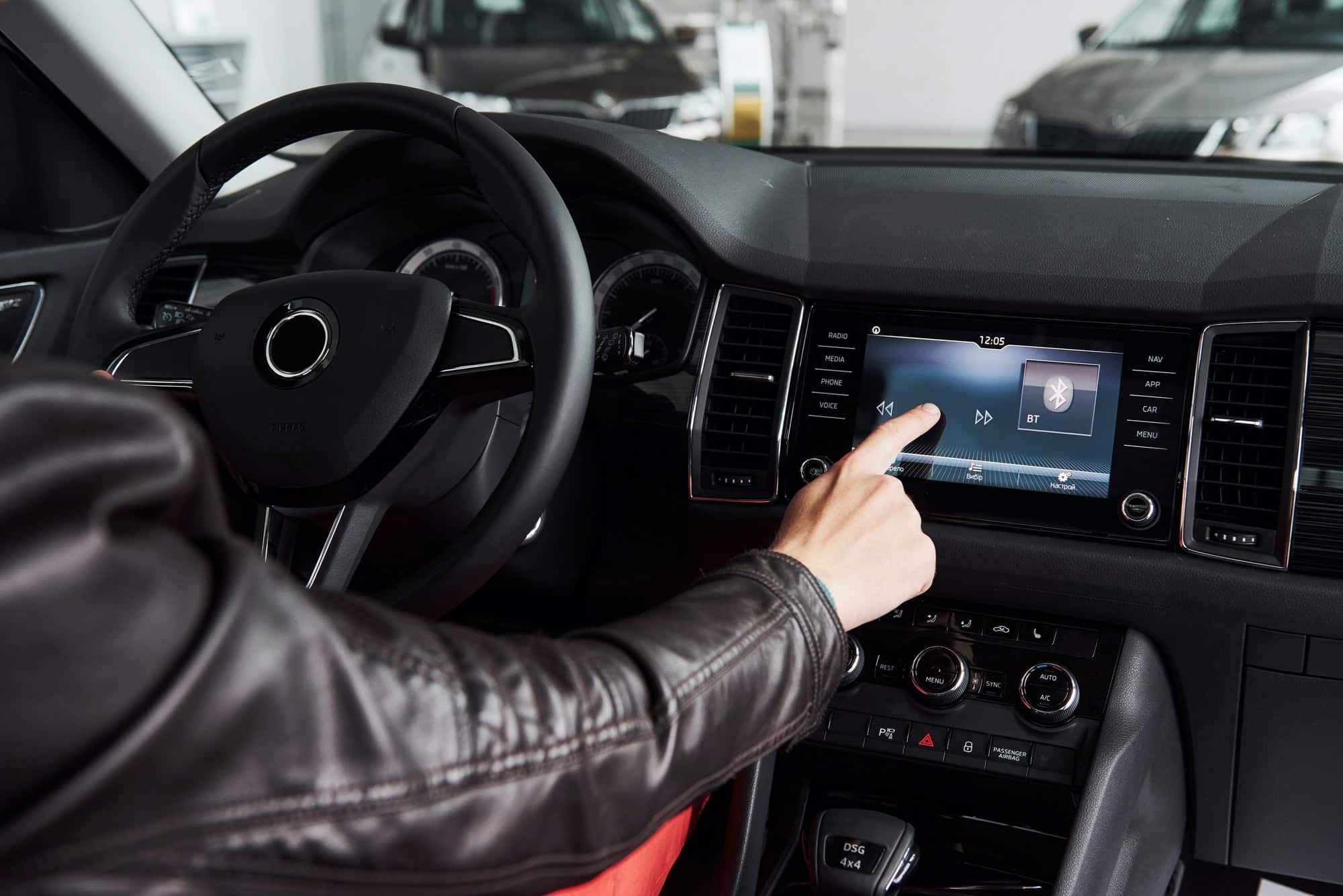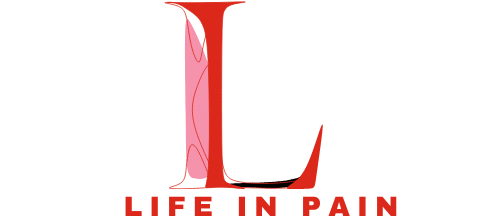What Are the Latest Developments in IoT for Pet Care and Monitoring?

As pet owners, your furry companions’ health and security are of utmost importance. With the advancements in technology, especially in the realm of the Internet of Things (IoT), the care and monitoring of pets have transformed. This article will delve into the latest developments in IoT for pet care and monitoring, including smart devices, GPS tracking solutions, and data analytics for enhancing pet health. The potential market scenarios are immense, and technology is revolutionising the way pets are cared for and monitored.
The Role of Smart Devices in Pet Care
Internet of Things is no longer a foreign term. Smart devices have invaded nearly every aspect of our lives and now they are changing the way we interact with our pets. These devices aid in tracking, monitoring, and even entertaining our beloved animals.
Dans le meme genre : What Is the Future of IoT in Personalized Shopping Experiences?
The role of smart devices in pet care is manifold. Devices like automatic feeders ensure that your pets are fed on time even when you’re not home. They can be controlled remotely through an app, allowing you to adjust feeding times and portion sizes. Smart collars are another popular device, providing real-time tracking and monitoring of your pet’s location, activity levels, and overall health. Further, there are toys that can be remotely controlled via a mobile app to keep your pets entertained and active.
Perhaps one of the more significant developments in smart devices for pet care is the advent of pet cameras. These devices allow you to monitor your pet’s behaviour and interact with them remotely, providing peace of mind for those who must leave their pets at home for extended periods.
A lire également : What Are the Privacy Concerns with Household IoT Devices?
GPS Tracking Solutions for Pets
In the unfortunate event that your pet gets lost, technology comes to the rescue again. GPS tracking solutions for pets provide real-time location tracking, offering peace of mind to anxious pet owners.
GPS pet collars and trackers work by attaching a device to your pet’s collar, which then communicates with a mobile app on your smartphone. The app can show you the exact location of your pet, and some even offer geofencing capabilities – allowing you to set a safe zone for your pet and receive alerts if your pet leaves that area.
The market for these GPS tracking solutions is booming, as more and more pet owners recognise the benefits of being able to keep a close eye on their animals. These devices are not just limited to dogs, with solutions available for a range of pets including cats, birds, and even horses.
Health Monitoring and Data Analysis
When it comes to pet health, early detection and timely intervention can be the key to ensuring your pet’s long-term wellbeing. IoT devices can play a crucial role in this aspect. Various smart devices can monitor vital signs like heart rate, temperature, and activity levels, providing valuable data about your pet’s health.
This data can then be analysed to detect any anomalies or changes in your pet’s usual patterns that might indicate a health issue. Some devices can even send this data directly to your vet, allowing them to monitor your pet’s health remotely and advise on any necessary interventions.
Additionally, with the rise of machine learning and AI technologies, the predictive analysis of this data can help identify potential health issues before they become serious. This proactive approach to pet care is a significant step forward, potentially saving pet owners from the stress and cost of dealing with advanced health issues.
Pet Security and IoT
Security is another critical area where IoT is making significant strides in pet care. Smart locks and cameras can ensure that your pet is safe at home, and alerts can be sent directly to your phone if there is any unusual activity.
More innovative solutions are also hitting the market, like smart fences that can train your pet to stay within a certain area, or smart collars that can emit a sound or vibration if your pet wanders too far.
It’s clear that IoT devices offer endless possibilities for ensuring your pets’ safety and security. With their help, you can rest assured knowing your pet is safe, whether you’re at home or away.
The Future Market of Pet Care IoT
The market for pet care IoT is set to explode in the coming years. According to a recent report by Grand View Research, the global pet wearable market size is expected to reach USD 4.6 billion by 2027, registering a significant CAGR of 14.3% over the forecast period.
The growth of this market is being driven by an increasing number of tech-savvy pet owners, who are willing to invest in advanced solutions for the care and monitoring of their pets. As the technology continues to evolve, and as more pet owners recognise the benefits that these devices can offer, the market for pet care IoT is set to grow even further.
Predictions aside, it’s clear that IoT is playing an increasingly important role in pet care and monitoring. Whether it’s through smart devices, GPS tracking solutions, data analysis for health monitoring, or security devices, IoT is enabling pet owners to provide the best possible care for their beloved animals.
IoT in Veterinary Practices
The application of IoT in veterinary practices is the next step in the evolution of pet care. This technology is not only enhancing pet care at home but also in veterinary clinics. Devices that monitor a pet’s heart rate, temperature, and other vital signs can provide veterinarians with real-time information about an animal’s health.
Wearable IoT devices like smart collars can alert veterinarians to any sudden changes in an animal’s health, allowing for immediate attention and treatment. Moreover, the integration of AI and machine learning algorithms in these devices can help veterinarians predict and diagnose potential health issues in pets at a much earlier stage.
In addition, IoT is also paving the way for telemedicine in veterinary practices. Veterinarians can now consult with pet owners remotely, examining pets via smart cameras and evaluating their health based on data collected by IoT devices. This not only saves time for both veterinarians and pet owners but also allows for efficient monitoring and treatment of pets’ health conditions.
However, for IoT to be fully integrated into veterinary practices, advancements in app development are needed. Veterinary IoT apps should be designed to offer user-friendly interfaces, seamless connectivity with IoT devices, and robust data security features.
The Impact of IoT on Pet Insurance
The rise of IoT in pet care could also shake up the pet insurance industry. The vast amount of data collected by IoT devices about pets’ health, lifestyle, and behavior can provide valuable insights for insurance companies.
Based on this data, insurance companies could offer personalized policies tailored to each pet’s health condition and lifestyle. For example, a dog that is regularly monitored and well-cared for, with a healthy diet and regular exercise, could be offered a lower insurance premium than a dog that shows irregular health patterns or unhealthy lifestyle habits.
Also, the real-time health monitoring capabilities of IoT devices could reduce the risk of fraudulent insurance claims. By tracking pets’ health in real time, insurance companies can verify claims more accurately, ensuring that payouts are only made for legitimate health issues.
Moreover, IoT can enable pet insurance companies to transition from reactive to proactive care. With predictive health analytics, insurance companies can alert pet owners to potential health issues before they worsen, ultimately reducing the cost of treatment and claims.
Conclusion
The latest advancements in IoT are truly revolutionizing the way we care for and monitor our pets. The use of smart devices, GPS tracking, and data analytics not only improves the health of our pets but also gives us peace of mind knowing that our furry friends are safe and healthy. Moreover, the integration of IoT in veterinary practices and pet insurance suggests that this technology’s potential in pet care is far from being fully tapped.
As the market for pet care IoT continues to grow, it is clear that we are just at the beginning of a technological shift that will transform how we interact with and care for our pets. The fusion of pet tech and the Internet of Things holds the promise of a future in which pet health and happiness are no longer left to chance, but can be effectively managed and even predicted through the power of technology.
